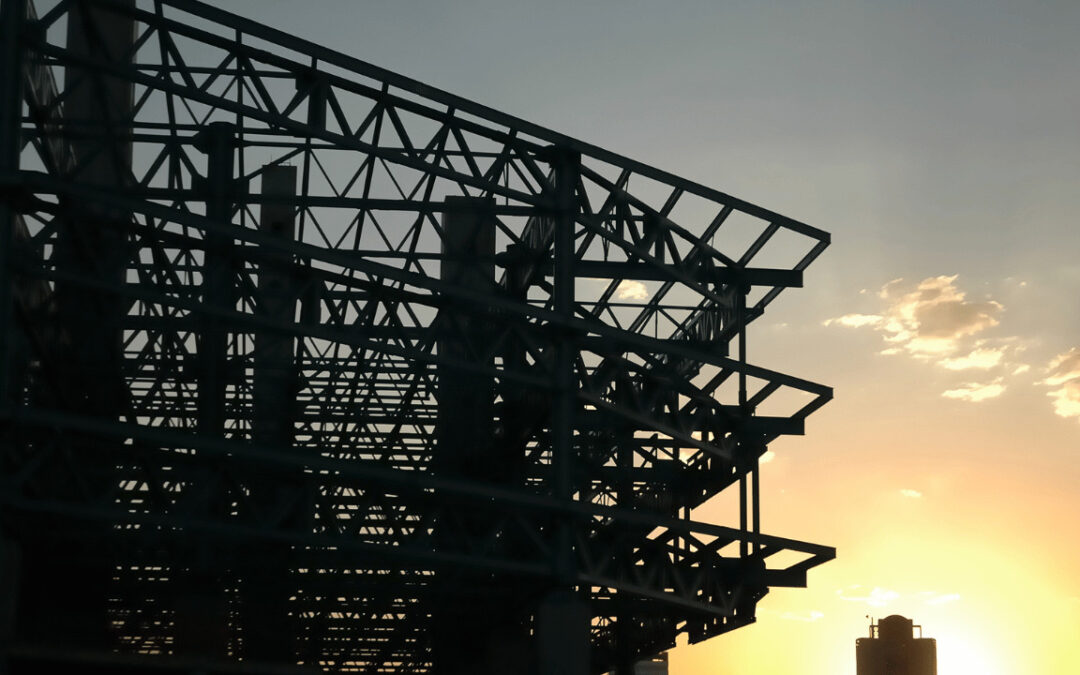In the fast-paced world of construction, innovation is the cornerstone of progress. Modern construction techniques have revolutionized the way we build, making structures safer, more efficient, and environmentally friendly. In this article, we’ll take a closer look at these techniques, breaking them down into simple terms for everyone to understand.
Premier Architecture Design Services Provider in Pakistan
Table of Contents
Prefabrication: Building Blocks of Tomorrow
Prefabrication is like assembling a giant puzzle. Instead of building components on-site, they are manufactured in a controlled environment, ensuring precision and quality. These components are then transported to the construction site, saving time and reducing waste.
Green Building: Constructing with Nature ( Modern Construction Techniques )
In a world increasingly conscious of its environmental impact, green building techniques are gaining momentum. This approach focuses on sustainability, utilizing eco-friendly materials and energy-efficient systems to reduce the building’s carbon footprint.
3D Printing: Crafting the Future
Imagine a printer, but instead of ink, it uses concrete! 3D printing in construction allows for intricate and customized designs, all while minimizing material waste. This technology is changing the face of architecture as we know it.
BIM: The Blueprint for Success
Building Information Modelling (BIM) is the digital backbone of modern construction projects. It creates a 3D model that encompasses every aspect of a building, from design to maintenance, enhancing collaboration and efficiency.
Robotics and Automation: Tools of the Trade
Robots in construction? Absolutely! Robotics and automation handle repetitive and high-risk tasks, improving safety and productivity. From bricklaying robots to autonomous vehicles, they are reshaping the industry.
Self-Healing Concrete: A Structural Marvel
Concrete that heals itself? It’s not science fiction, it’s self-healing concrete. Microorganisms within the concrete react to cracks, mending them before they become a problem. This innovation promises longer-lasting and more resilient structures.
Drones in Construction: Aerial Architects
Drones provide a bird’s-eye view of construction sites, aiding in surveying, progress tracking, and safety inspections. They’re the aerial architects that ensure projects stay on track and on budget.
Augmented Reality: Seeing is Building
Augmented Reality (AR) overlays digital information into the real world. In construction, this means seeing detailed plans and models right on the site. This improves accuracy and speeds up decision-making.
Modular Construction: Lego-like Building
Think of modular construction as a building with giant, high-quality LEGO blocks. Components are fabricated in factories and then transported to the site for assembly. It’s a faster, more efficient way to construct buildings.
Smart Sensors: The Guardians of Safety
Safety is paramount in construction, and smart sensors play a crucial role. They monitor environmental conditions, detect hazards, and alert workers in real time, creating a safer working environment.
Nanotechnology in Construction: Small Wonders, Big Impact
Nanotechnology involves manipulating materials at the tiniest scale. In construction, this can lead to stronger, more durable structures. These small wonders are making a big impact on the industry.
The Future of Skyscrapers: Reaching for the Sky
Advancements in construction techniques are allowing us to build higher than ever before. Skyscrapers are becoming more than just symbols of progress; they’re testaments to human ingenuity.
Conclusion
Modern construction techniques are propelling us into a future where buildings are not just structures, but feats of engineering and sustainability. Embracing these innovations ensures that we build smarter, safer, and with a smaller environmental footprint.
FAQs
- Are these modern techniques more expensive than traditional methods?
- Not necessarily. While some initial costs may be higher, the long-term benefits, such as reduced maintenance and energy savings, often outweigh the initial investment.
- How do modern techniques benefit the environment?
- Techniques like green building and self-healing concrete reduce waste, energy consumption, and emissions, making them more environmentally friendly.
- Are these techniques applicable to all types of construction projects?
- Yes, modern techniques can be adapted to various scales of projects, from residential homes to large-scale infrastructure.
- Do these techniques require specialized training for construction workers?
- Yes, workers may need some training to adapt to new technologies, but many of these systems are designed to be user-friendly and intuitive.
- What is the future outlook for modern construction techniques?
- The future is promising. As technology continues to advance, we can expect even more innovative and sustainable methods to emerge in the construction industry.



Recent Comments